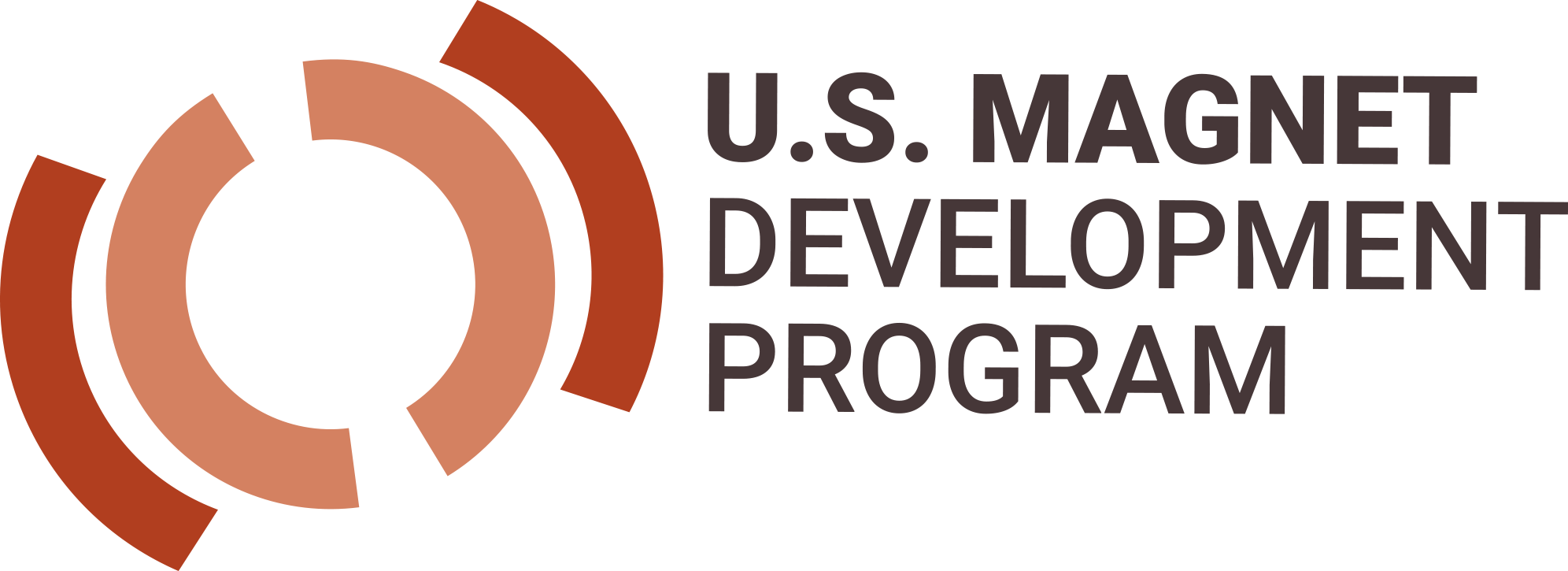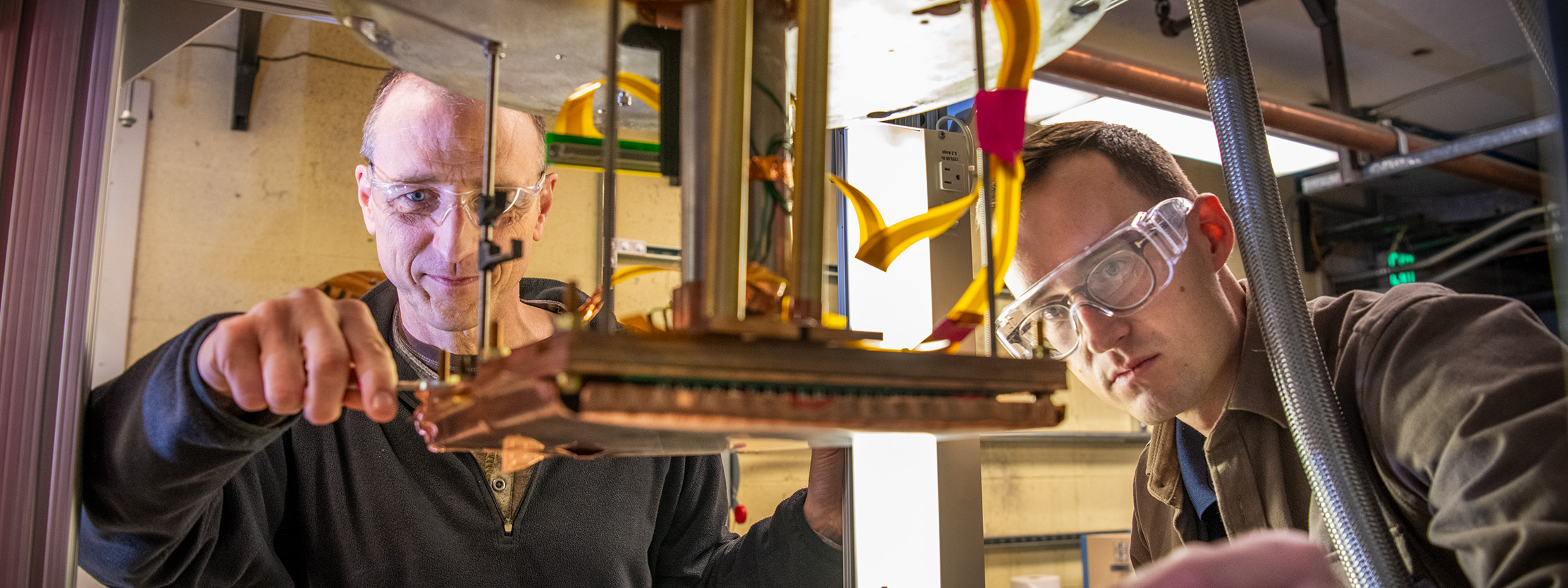The multi-institutional USMDP focuses on technology to enable next-generation HEP colliders. The USMDP structure consists of four primary research areas, tightly integrated in their focus on HEP needs. Within each of the research areas, designated coordinators are tasked with shepherding teams across the partner labs to: Develop prioritized tasks and milestones/schedules; Identify expertise and infrastructure that can be applied to the tasks; and Communicate and defend the prioritized tasks to the broader USMDP. Future milestones will depend on progress and possible down-select decisions based on program performance reviews.
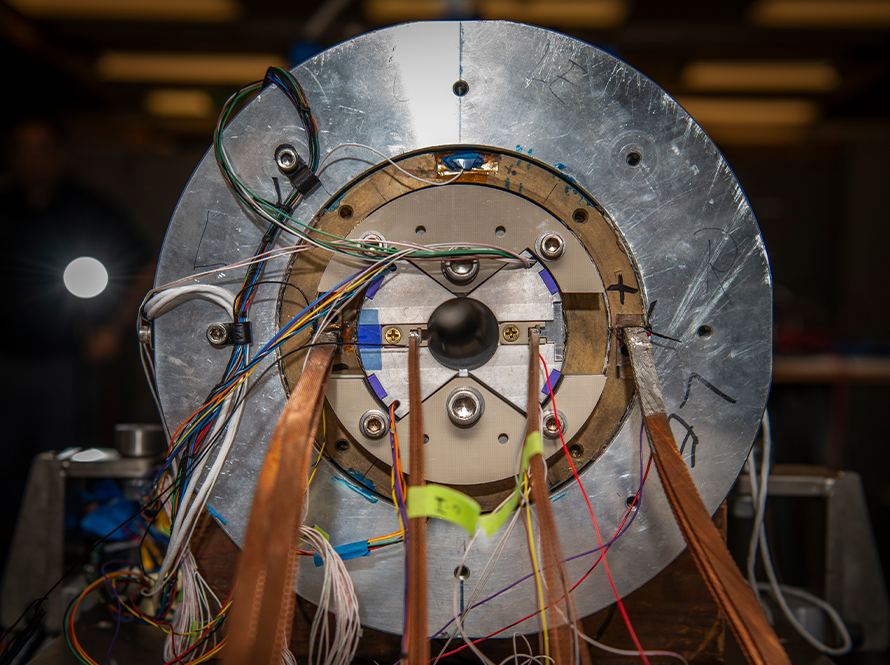
Using HTS-based dipoles in the bore of an Nb₃Sn dipole magnet is the most cost-effective way to extend HTS accelerator magnet technology to higher fields. We have a twofold ambition: to bring stress-managed Nb₃Sn magnets to fruition; and to further advance HTS accelerator magnet technology at high magnetic fields.
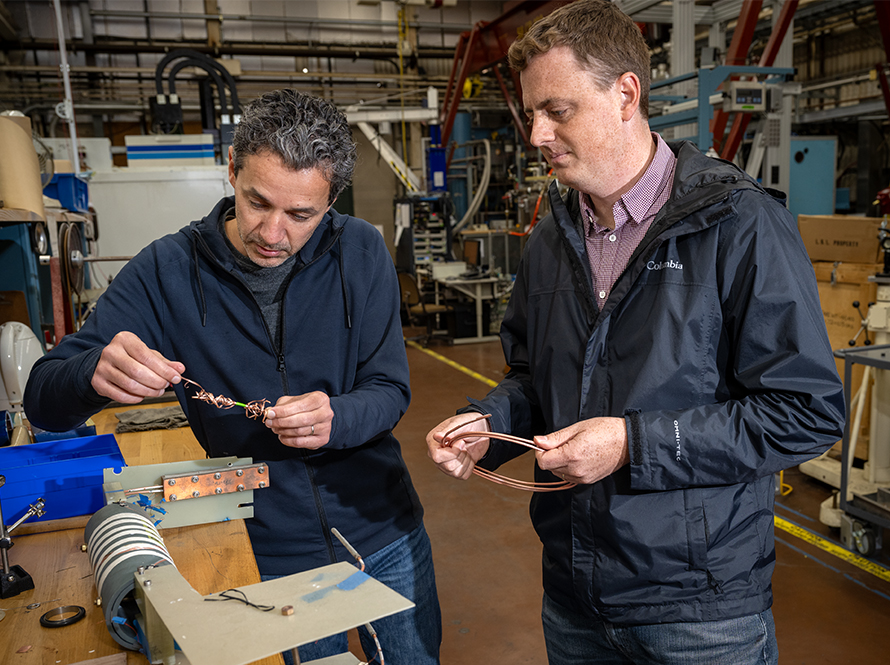
The high energy physics (HEP) community has identified a number of opportunities for new collider-based and other experiments that require advanced high field solenoids. Prime examples include a muon collider and various axion searches. This research motivates strong partnering between the USMDP and the NHMFL to further advance high field solenoid technology tailored to the needs of HEP.
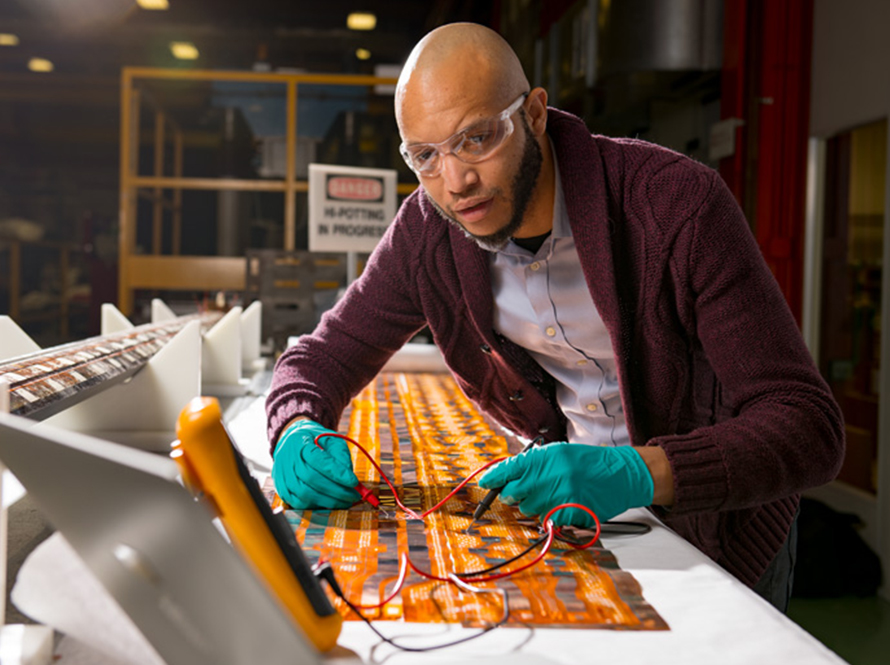
Progress in magnet technology relies on a solid foundation of experimental data, coupled with analysis and modeling, that together demonstrate an understanding of performance and can guide the next stage of developments. In support of the magnet development areas of the program (Areas I and II), numerous science and technology developments are pursued by the USMDP.
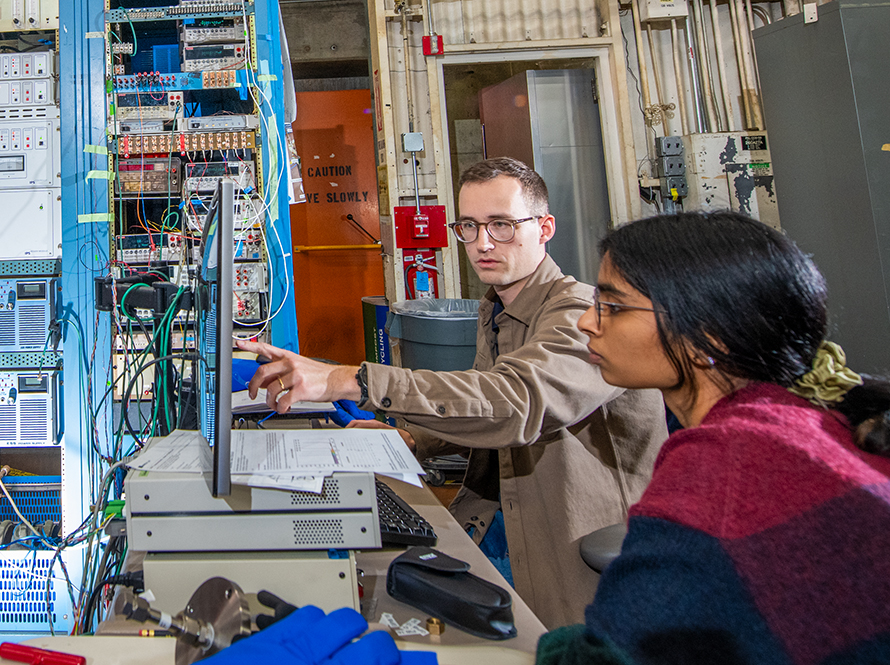
The 2023 HEP P5 report identified a number of potential collider opportunities that will require advanced accelerator magnet technology. To best prepare for such colliders, it is imperative that we collaborate closely with the accelerator design initiatives and identify the magnet advances that provide optimal value in terms of accelerator performance.
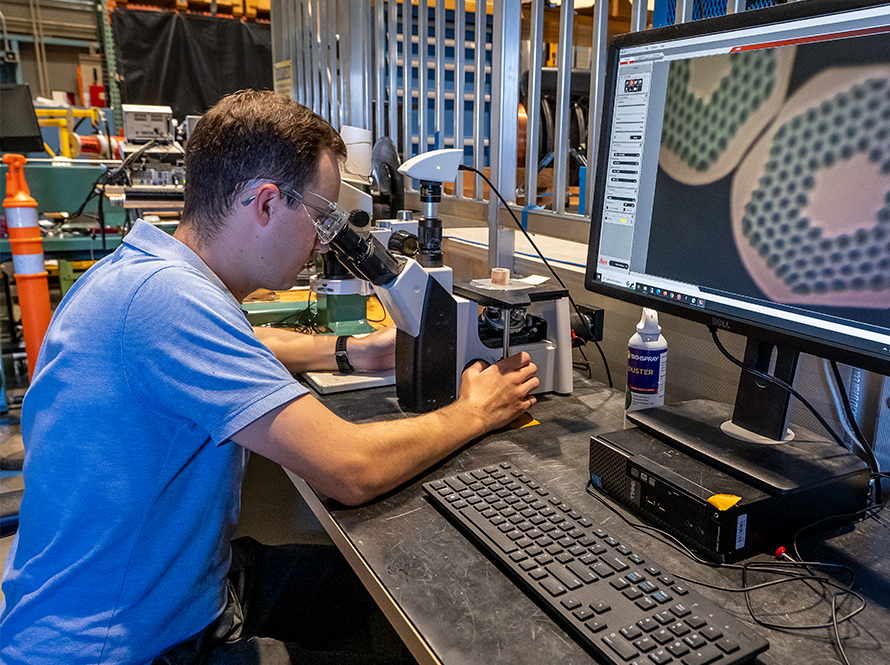
CPRD supports the development and industrialization of cost-effective, high-performance superconductors for the next generation of HEP colliders. Berkeley Lab manages this industry-based program for the DOE Office of High Energy Physics. CPRD supports R&D that improves understanding of the factors influencing conductor performance and cost and the procurement of commercial superconductors to support USMDP work.
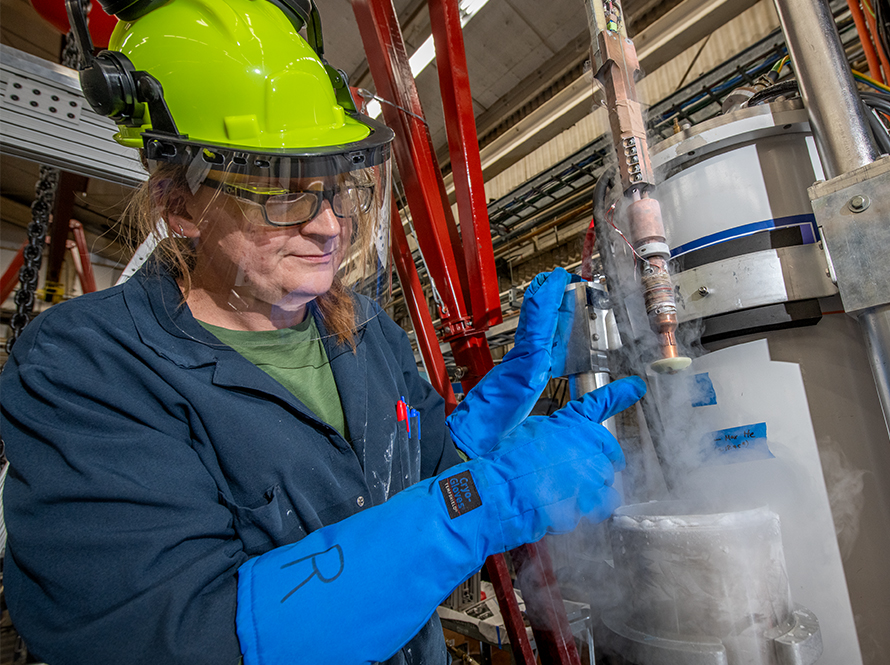
A suite of state-of-the-art test facilities is needed to enable the magnet tests associated with the USMDP. In particular, the ability to test hybrid magnets (ones with separately-powered outsert and insert magnets, each with its own unique quench detection, power switching, and energy extraction capabilities) is essential. Identifying new enabling technologies and best practices for implementation, and sharing magnet test experience and data, are critical to the MDP mission.
